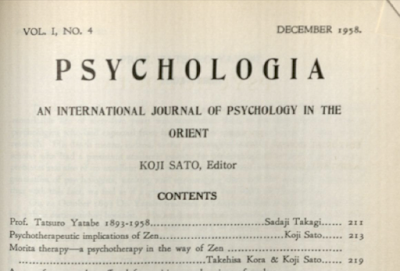A very, very minor correction to the etymology of the Oxford English Dictionary's first entry on the word "homophobia".
A note connected with
the digital edition of the Oxford English Dictionary (=OED)
reads of its entry on “Homophobia”:
"This entry has not been fully updated (first published 1993)."
The "correction" introduced here is so minor that it is hardly worth making, but since I came across it I decided to go ahead and share it.
The word Homophobia, in its current application to homosexuals, did not appear until the late 1960s (See the OED’s second entry definition). Its contemporary sense is somewhat unnatural if it is assumed the derivation of the word is from homo (man) and phobia (fear), which would not imply the fear of homosexuals but simply fear of man/men/humanity. In fact the currently used noun “homophobia,” though having the same form, has a separate derivation, since the homo- there means same not man. So the first and second entries in the OED are actually two different words. Presumably the meaning of the term as now used only arose after the word homo, became a commonly used abbreviated form of homosexual in English.
The current very very minor correction (if it is a correction) has to do with the etymology of the OED's first entry, homophobia as fear of man, rather than its second entry, homophobia as fear of homosexuals.
The earliest source the OED offers
in its etymology for the first entry is from 1920, and the
second from 1960. It is the second source that concerns us here, namely Arthur Koestler’s The Lotus and the Robot (1960).
Here is how the OED note reads:
1960 T. Kora in A. Koestler Lotus & Robot II. 213 Of nervosity symptoms, homophobia appears most frequently. In this is included fear of blushing when appearing before a person, or erythrophobia, feeling of getting stiff or oppressed before an individual.
Although it is not precisely clear from the reference, T. Kora, whom Koestler was quoting, was a Japanese Psychiatrist. In connection with the quotation Koestler included the following footnote (also on page 213):
"On the Principles and Practice of Morita
Therapy," by Prof. Takehisa Kora, Dept. of Psychiatry, Tokyo, Jikei-Kai
Medical College, stencilled [sic], undated, p. 21.
Since the passage
Koestler quotes is noted as being "undated," there is no way to
gather with certainty from it when the article was originally published
nor even whether it had been written or published in English (although such is
suggested by its English title).
In fact the article in question was published in English in the December 1958 issue of the journal Psychologia:
An International Journal of Psychology in the Orient. The complete
reference for the article is:
Takerhisa Kora and Koji Sato, “Morita Therapy: A
Psychotherapy in the Way of Zen," Psychologia
1.4 (1958): 219-225.
Since the word in the
reference was used in an earlier English source shouldn't the date reflect Koestler's source (1958) rather than Koestler himself (1960)? If so the entry should be modified to read something like:
1958 T. Kora Psychologia ... Dec. 221 Of nervosity symptoms, homophobia appears most
frequently. In this is included fear of blushing when appearing before a
person, or erythrophobia, feeling of getting stiff or oppressed before an
individual.
The question then is whether the 1960 entry was simply included to point out where the term homophobia in a clinical sense as a phobia associated with erythrophobia entered the main stream of English usage through Koestler's popular book. Kora was certainly not the first to use the word in English in the clinical sense (see, e.g., Acta Psychiatrica et Neurological: Supplementa 39-40 [1947]: 364). If that was the motive for including the Koestler reference, then the entry should be left as is.
The passage quoted by
Koestler on 213 of The Lotus and the Robot appears on page 221
of Kora and Sato's article.
 |
| Koestler, p. 213. |
 |
| Kora & Sato, p. 221. |




Comments
Post a Comment